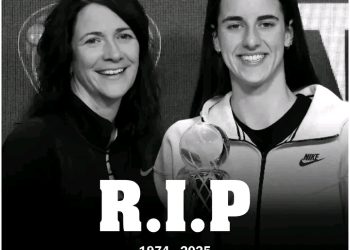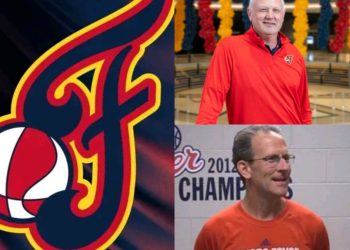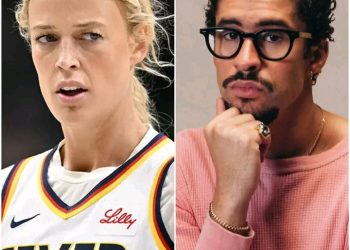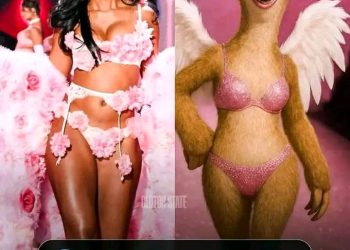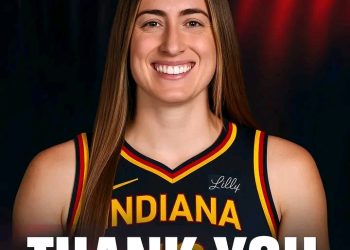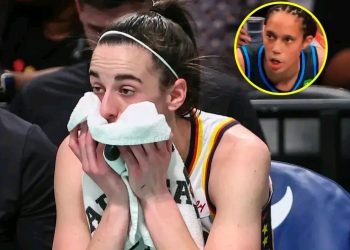
It has been that long since the Raptors have been close to the centre of the NBA world, excluding the 2023 trade deadline, which wound up being anti-climactic. That all changed thanks to two decisions — one made by the league, the other by the Raptors. First, the NBA decided to split the draft into a two-day event, moving the second round away from the first round. Next, the Raptors decided to de-emphasize draft picks in the OG Anunoby trade, instead acquiring Immanuel Quickley, RJ Barrett and just a single second-round pick.
However, that pick did not belong to the New York Knicks, who received Anunoby. It was Detroit’s pick. At the time of the trade, the Pistons had lost 28 consecutive games, a streak they would break later that day — against the Raptors. Regardless, when the Raptors got the pick, they knew there was a decent chance they would wind up with the top pick of the draft’s second day.
“When we did the deal with New York, we knew that this was sort of a benefit of having 31, was to be able to have these next 18 hours to field calls,” Raptors general manager Bobby Webster said Wednesday night after the first round. “I think what typically happens in the draft (in previous years) is it very quickly turns to Round 2 and you have two minutes (to make a pick or trade it). Logistically, you can’t take all the calls you’d want to — so now we have some time.
“It’s a first. It’s a bit of a novelty for all of us here to have two days of the draft, so let’s see what happens.”
Again, it ended with an anti-climax: The Raptors took San Francisco’s Jonathan Mogbo, an undersized playmaking forward who played with Scottie Barnes as a child. He wasn’t one of the top names on most draft experts’ “best remaining” lists, but that’s how things frequently work in the second round.
The boy spoke it into existence 🥲 @ScottBarnes561 @j_mogbo pic.twitter.com/oX7yrIwMY1
— Toronto Raptors (@Raptors) June 27, 2024
On Wednesday night, Webster spoke of the multiple advantages to having the pick. First and foremost, there were the potential trade offers. Teams would have actual time to call the Raptors if a player they liked slipped. The Raptors, likewise, would have the ability to canvass the league — to be the aggressors.
Additionally, this was just the second year that specific cap exceptions have existed for teams to sign second-round picks, meaning teams don’t have to use parts of other exceptions or minimum deals to sign those players.
“There’s a little interesting dynamic in the late first, early second, and that’s what we’ve kind of found with 31,” Webster said Thursday. “In some ways teams would almost prefer the early seconds. They cost a little bit less (against) the tax.
It also allowed them to further talk things out if they were unsure about who to take. It turned out to be a busy evening, which turned into a busy Thursday, before the Raptors ultimately made the pick at 4:15 p.m.
“It was a bit of a stressful night,” Webster said. “No, it was fun to take in all of those offers. It’s part of the job — and it’s one of the few times that you’re sort of the centre of at least the NBA trade world.”
Webster and the Raptors made two trades, neither of which had been made official with a trade call as of Thursday night. Neither involved the 31st pick. One team source expressed doubt the Raptors would have been able to pull off the deals they did make under the old rules. The second round used to immediately follow the first, and there were two minutes in between picks. There are now four minutes in between picks in the second round.
Webster said there was legitimate interest in the pick. He said it was comparable to the last few trade deadlines, when the Raptors had a few of the players who were among the most desirable to contenders.
This was simpler, ultimately.
“One of the other general managers told me — he said, ‘Bobby, the good thing is there’s no emotion attached to draft picks,’” Webster said. “I think those conversations are easier to have when it’s draft pick as opposed to players (you have developed and got to know).”
It seems likely the NBA went to the two-day format to get more programming in primetime. Unfortunately, Day 2 ended up being on the same night as the U.S. presidential debate too. Whoever is in the Raptors’ position next year will have a few more hours on the clock, it stands to reason.
“I don’t think they knew the date (of the debate) when they made this thing,” Webster said with a smile.

